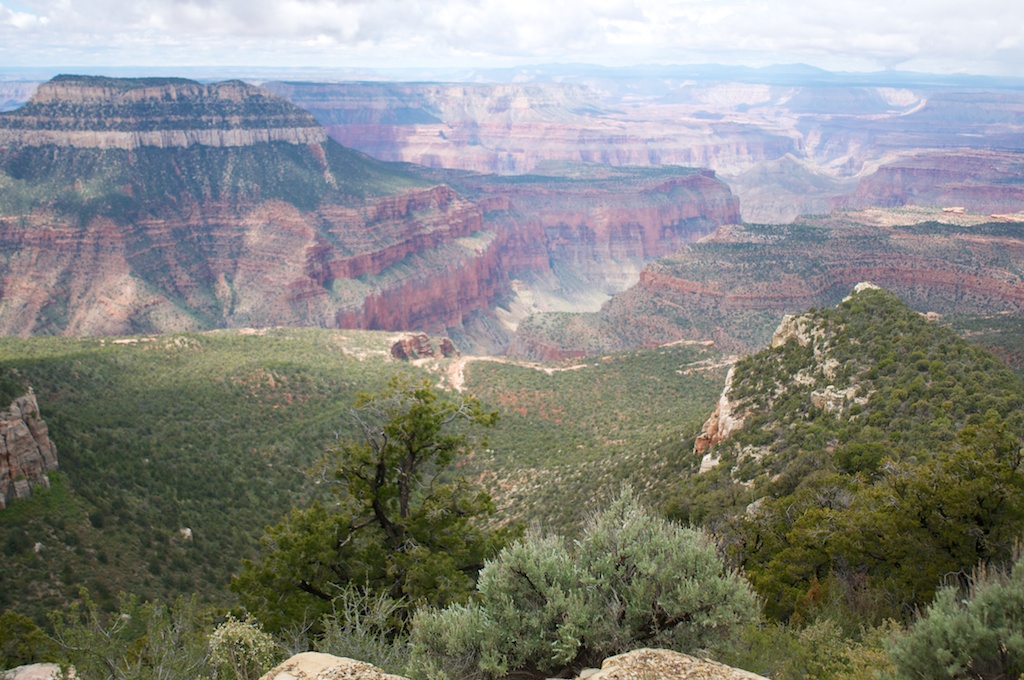The 40+ miles across the Grand Canyon and back, known as the ‘Rim-to-Rim-to-Rim,’ is an iconic route, and one not to be underestimated.
In April, I met my friend Kurt Decker and a group of other Minnesota and Colorado runners in northern Arizona. Our goal was to run the Rim-to-Rim-to-Rim (R2R2R) double-crossing of the Grand Canyon.
The 40-plus mile route is an out-and-back, starting and ending at the south rim near the visitors’ center and village and turning around at the north rim. It has more than 10,000 vertical feet of gain and loss each.
Though no official race is held on the route, the R2R2R’s popularity has skyrocketed alongside that of iconic ultramarathons like the Western States 100. During the prime R2R2R seasons of early spring and late fall — ideally after ice has melted from the trail but the bottom of the canyon isn’t too hellishly hot — there will be runners attempting the route nearly every day.
Here are a few things I learned along the way.

There is more than one route

Altitude is a factor
You might need a permit
The Canyon is a unique and terrifying challenge

Weather is everything
Scratch that, the water faucets are everything
You can die
The speed records are almost unfathomably fast

The Canyon is incomprehensibly huge










